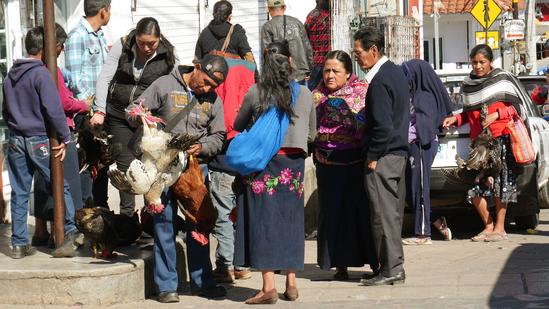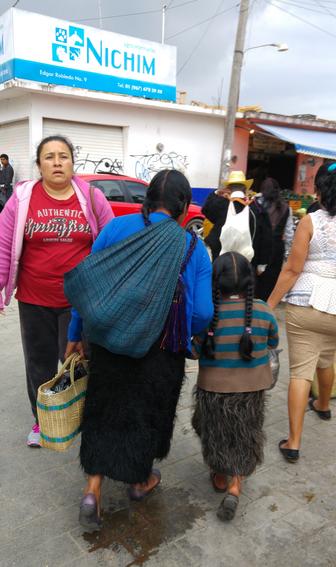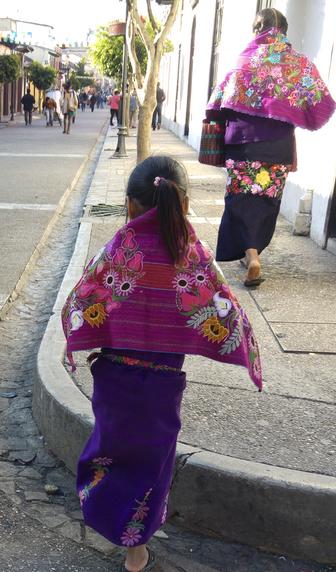Chiapas: living cultures and cultural awareness.

The Highlands of Chiapas in Southern Mexico is one the regions with the largest number of native groups and greatest cultural diversity. The whole region is characterised by:
- A high number of inhabitants who speak one of the native languages of the area.
- Traditional clothing, especially worn by the women (huipiles).
- The existence of traditional political structures (Native Governance). The practice of religious ceremonies and rites outside the domain of the Church (both Catholic and Protestant).
- A strong local identity.
Since a large part of the region is difficult to access, you might think that the population has remained unaffected by Spanish culture due to isolation.
However, according to the sociologists Eufemio Aguilar Hernández , Martín Díaz Teratol and Juan Pedro Viqueira, the preservation of traditions and local characteristics should, on the contrary, be seen as a counter reaction to the influence of colonisation and the long-standing discrimination to which the native mexicans have been exposed throughout history (see also the chapter on the history of Chiapas) *3
San Cristóbal de las Casas
San Cristóbal de las Casas was founded in 1528 and served as capital of the state of Chiapas until 1892. The town was named after Bartolomé de las Casas, the bishop of Chiapas from 1544.
Bartolomé de las Casas was a historian and Dominican monk who, unlike many of his contemporaries, defended the Native American population against the brutality of Spanish exploiters.
The town is located in the valley of Jovel – Jovel is the local name for the city – at approx. 2000 meters altitude, and is the home of more than 90% of the inhabitants of the region.
The vibrant cultures of the region attract anthropologists and tourists from all around the world and provide a source of income for local artisans and work for migrants from Mexico City and other Latin American and European countries.
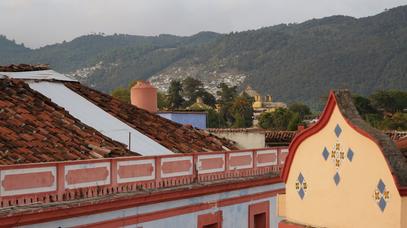

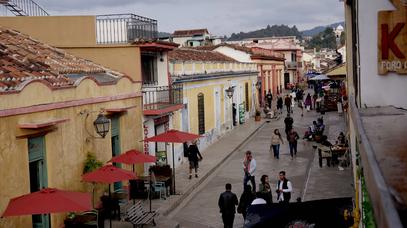
Many of the residents have moved here for economical reasons or because of religious or political conflicts in the Highlands.
While tourism is concentrated on a few main streets, the market in the northern part of the city is mainly attended by locals, both from the town and from the surrounding villages.
Many of the women are traditionally dressed, and their huipiles show which area they come from.
